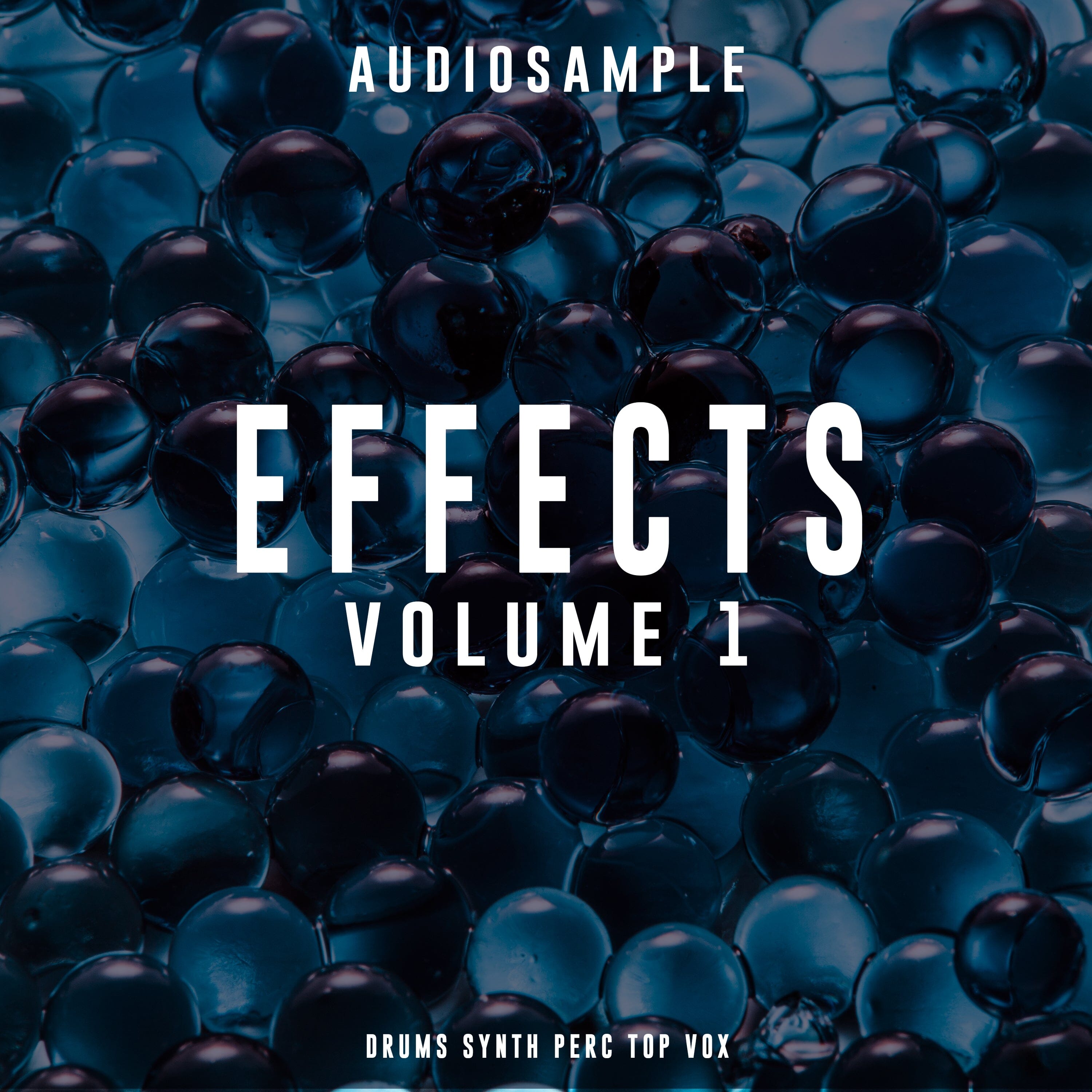Hello, this is Luca, and welcome to another SampleSound music production tutorial. In this video, we will focus on LFOs and how to use them to add variation and complexity to your music. When it comes to techno and loop-based music in general, it is crucial to have variation to build an evolving and organic sound. Loops are by definition repetitive, which is cool, but if you don’t have the right amount of variation over time, they just become boring. So, today, we’ll see how to use LFOs, both inside and outside synthesizers, to achieve this.
The Basics of LFO Modulation
What is an LFO?
LFO stands for ‘Low Frequency Oscillator.’ An Oscillator is a device able to produce a continuous cyclic waveform at different speeds, or frequencies. ‘Low Frequency’ means that the produced frequencies are below the human hearing threshold, which is around 30 Hertz.
These ‘slow’ waves can be used to modulate or change the value of parameters in a synthesizer, like the filter cutoff, the volume (also known as the tremolo effect), or the pitch (also known as the vibrato effect).
Using LFOs in Samplers
This is pretty standard and I’m sure you have heard about this before. What is less common is using LFOs in samplers to add variation to rhythmic patterns. Let's have a look.
We have this hi-hat loop that’s very static and robotic, with all the notes sounding the same. Now, let’s switch to the Controls page of the Simpler and switch on the LFO. We set the shape to Sample & Hold, which means a random value is selected at a given rate. Then we assign the LFO to the volume, and what we get is a very nice alternative to velocity modulation.
It is very important to have the ‘R’ button on. This is the Re-Trigger function, which resets the start of the LFO every time a new note is received. With a Sample & Hold shape, this means that every single note is played at a random different volume. We can also assign the same LFO to the filter cutoff, which means that the filter will move its position with every note. Or, we can assign it to the pitch to get some weird effects. Just make sure the amount of modulation here is quite low.
This is a really nice trick to add some random variation to hi-hats and percussions.
How to Use Ableton LFO
Modulate Anything with MaxForLive
What if you want to modulate a parameter that is not available in the LFOs destinations, like the volume decay? Actually, what if you want to modulate any parameter in a Live set?
Luckily, there’s MaxForLive. If you have Live 11, there’s a device in the Audio Effects simply called ‘LFO.’ If you have a previous version, you will find the same in the MaxForLive category. This device allows you to assign a low-frequency modulation to any parameter available in your Live set.
Like a standard LFO, we can select the waveform (we select Random here). We have the rate, which is the speed of the LFO, and its value can either be left in Hertz or synchronized to the song BPM. There’s no automatic re-trigger function here, so we will just synchronize the rate in 1/16ths and assign it with the ‘Map’ button to the volume decay of Simpler. Then we set the sustain to minimum, and here we go: every note will have a different envelope. We can also adjust the range of the modulation with this minimum and maximum percentage.
How Do You Modulate LFO in Ableton?
Polyrhythms and Multiple Modulations
This technique can also be applied to audio loops. Here we have a low-end percussive loop. We can put some audio effects on it like the Vocoder, and then the LFO. (By the way, this device doesn’t affect the input in any way, so you can put it anywhere in the chain!). We map the LFO to the dry/wet, select a Sawtooth Down waveform, then set a synchronized rate.
If we use less common rate values like 3/8ths, 1/3rds, or 5/16ths, we can achieve some nice polyrhythmic effects, which are very useful, especially in minimal techno. Polyrhythms occur when you have two or more layers of rhythm playing at the same time, one of which is ‘irrational,’ meaning it is not 2, 4, or 8. For example, we have a pattern in 1/16th notes with a 5/16th rhythmic effect over it.
We can now also add some smoothness to get a nice rounded shape and avoid glitches, and also some jitter to introduce randomness in the LFO signal, always with the goal of adding variation and character to the sound.
Another super-cool feature of Ableton’s LFO is that it can be assigned to multiple destinations. For example, we can map the LFO to the formant parameter and individually adjust its min/max range. We can map many other parameters, offering endless possibilities.
Using Auto-Filter
Let’s do the same thing with Ableton’s Auto-Filter. We have this synth sound, which again is quite static, and we drag the AutoFilter onto the channel. This effect has a built-in LFO on the right. We close the low-pass cutoff a bit, select Sawtooth Down, increase the amount of cutoff modulation just a bit, then switch from Hertz to synchronized rate, and select a triplet rate value, like 1/3rd or 1/6th. You can hear that it’s definitely adding another layer of rhythm to the sound.
Is Ableton Max for Live Worth It?
“Subtle” Modulation and Chains of Modulation
But LFOs don’t always have to be about fast intense rhythmic modulation. They can also provide very slow and subtle variations to make the sound evolve in a more nuanced way. Plus, different modulations can be added to the same sound for more interesting results.
We add another AutoFilter to the same track, using a sine waveform at a very low rate value like 0.5 Hz or 6-8 bars, and add a tiny bit of amount. You can hear that we now have this very slow movement where the sound gets darker and brighter over time, adding depth to the entire song.
Another cool idea is to use these slow modulations to modulate other LFOs. For example, if we go back to that hi-hat channel, we can add another sine LFO, set a slow rate, and then map it to the offset of the first LFO. Now the modulation signal itself will slowly change, moving from high random values to low random ones.
Complex M4L LFOs
Ableton’s LFO is not the only device we can use for this purpose. In the MaxForLive world, there are many options, including very complex LFOs with advanced features. One device I particularly like is LFOH! by K-Devices. It adds advanced features to Ableton’s LFO, especially a Swing function. By increasing the Swing value, one period of the waveform gets shorter while the other gets longer, which is not possible with classic LFOs.
In this case, I have applied it to the reverb diffusion parameter to get a side-chain effect. But I can also use it on the size to create weird sci-fi noises. This LFOH also has a bend parameter to curve the shape of the signal and a quantize button to create steppy modulation rather than continuous, very cool for special effects. It can make the sound resemble rain or other interesting textures.
There are plenty of MaxForLive developers out there, so you can explore and find many alternatives.
So we have come to the end of today’s video! We looked at how to make your sound more complex, organic, and evolving by using LFOs in Ableton Live. We analyzed different types of LFOs with the common goal of adding variation to our music, which is usually quite hard to manage when using MIDI or pre-made loops.
We learned how to think outside the box when it comes to LFO modulation by using Sample & Hold or Random waveforms, applying it to unusual parameters thanks to MaxForLive LFO, playing with polyrhythms, using very slow modulation, multiple LFOs on the same channel, and even using an LFO to modulate another LFO.















